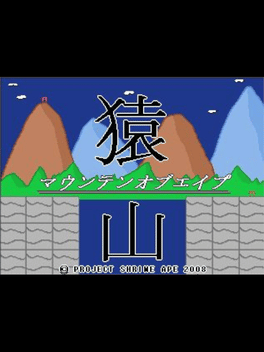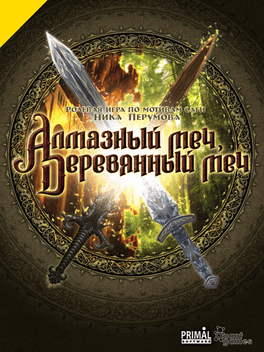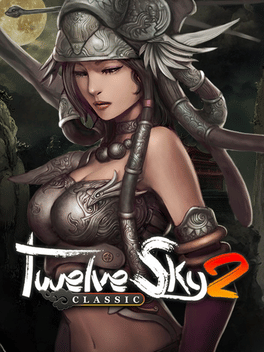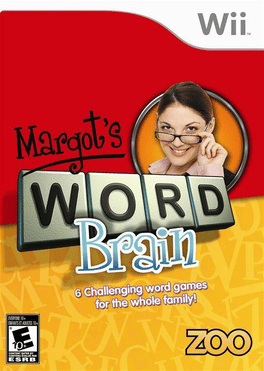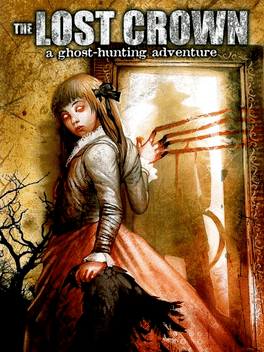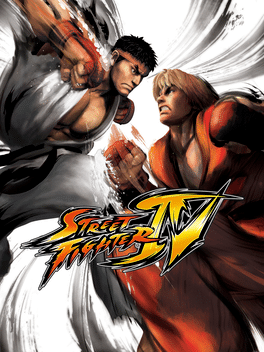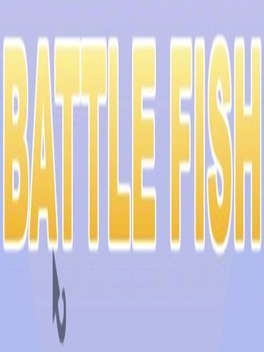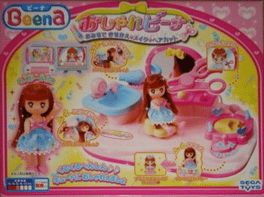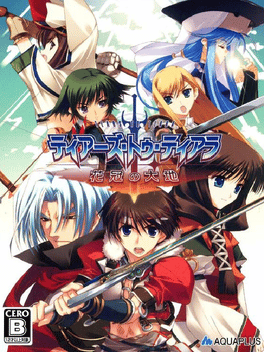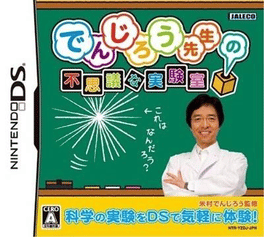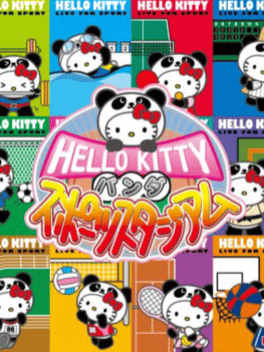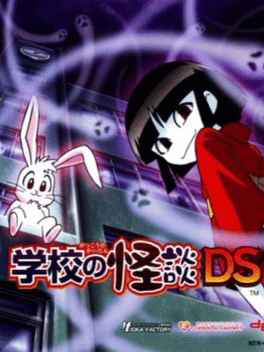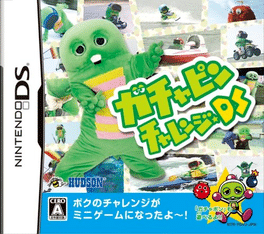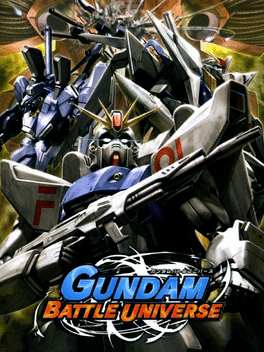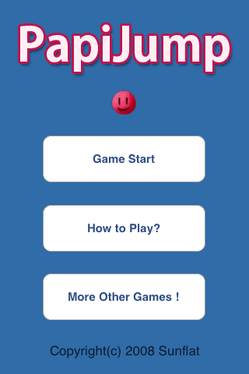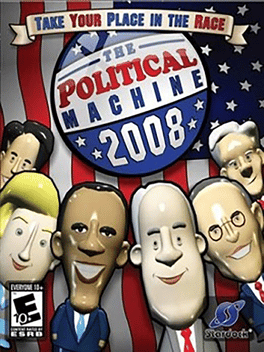New Games - Page 9956
-
Unknown Project
2008
-
Mountain of Ape
2008
Mountain of Ape
2008
This game was created using the engine "Cheetah-man 3 Tsukuuru" by the game development circle "AlphaSecretBase(あるふぁ~秘密基地)." -
17CF Quest
2008
-
Diamond Sword, Wooden Sword
2008
The game is set in the fantasy universe of Nick Perumov's literary saga of the same name. Humans, after defeating the dwarves, elves and orcs, founded the Empire, which is ruled by seven Magical Orders. However, the future of the state is in jeopardy. Deep in the Drung Forest, the sacred wooden sword Immelstorn has awakened, and in the caves of the Foothill Tribe, the diamond Dragnir - artifacts with destructive power. At the center of the battle for the iconic blades is the protagonist Fess, a mercenary of the Grey League. He will have to demonstrate his strength, agility, and magical abilities to find the swords and save the world, thus disproving the ancient prophecy about the end of time. -
TwelveSky 2 Classic
2008
TwelveSky 2 Classic
2008
TwelveSky2 is an adrenaline-pumping Massively Multiplayer Online Role Play Game (MMORPG). Set in Ancient China, players are thrown into an age old conflict between three warring Clans. Centered on the reemergence of a new faction, players must fight for the honor of their brothers, or turn their backs on them in their hour of need. Packed with jaw dropping martial art techniques, exotic weapons, armor, pets, and robust battle system, TwelveSky2 is primed to be one of the best Free-To-Play Player-versus-Player experiences to date! -
Twelve Sky 2
2008
Twelve Sky 2
2008
Set in Ancient China, players are thrown into an age old conflict between three warring Clans. Centered on the reemergence of a new faction, players must fight for the honor of their brothers or turn their backs in their hour of need. -
Margot's Word Brain
2008
Margot's Word Brain
2008
Meet Margot, the new video game queen of word play! Margot has devised a set of six fiendish and compelling word-based puzzles to test your vocabulary, spelling, and general vocabulary skills. No two games will ever be the same as you wrack your brain against the clock to create words from randomly generated letters in order to score maximum points! Each puzzle presents a unique challenge, and players will have to master them all to become the ultimate Word Brain. Puzzle examples - Word Mine, Word Link, and Word Safe. Word Brain mode pits the player against all six of the games in succession. Their score is recorded so players can track their progression as they play again and again. Easy to use menus and gameplay make Margot's Word Brain a game that is accessible to gamers of all ages and experience levels. Game tracks high scores so players can compare and compete with friends. -
The Lost Crown
2008
The Lost Crown
2008
star 6.9Unravel an ancient mystery and search for an ancient treasure on England's fog-shrouded coastline, famed for its legends of smugglers, pirates and ghosts. Join ghost-hunters Nigel Danvers and Lucy Reubans as they investigate a tale of horror and haunting. Wielding the tools of the modern-day ghost-hunter in a cinematic, richly detailed interactive world of wind-swept coastlines and crumbling crypts, you will be captivated, taunted and teased by mind-bending puzzles and interactions with the town 'locals'. But, be warned, there are those who will stop at nothing to prevent Nigel discovering "that which should stay hidden". With nerves of steel and wits to match, in your search for The Lost Crown you will soon discover long lost secrets previously known only to the dead! -
Street Fighter IV
2008
Street Fighter IV
2008
star 8.4Street Fighter IV brings the legendary fighting series back to its roots by taking the beloved fighting moves and techniques of the original Street Fighter II, and infusing them with Capcom’s latest advancements in next generation technology to create a truly extraordinary experience that will re-introduce the world to the time-honored art of virtual martial arts. Newcomers: - Abel - C.Viper - Rufus - El Fuerte - Gouken -
Battle Fish
2008
Battle Fish
2008
Click down the bottom to make bubbles to heal your fish, Click up the top to make spikes to kill the enemy. Click and hold to make them bigger to make them more effective. Killing enemies gives you cash which you can spend on upgrades such as ...shotguns...and ion cannons for your cute little fish called piggles or any other name you decide. Game starts out a little slow, but get into it and it gets a lot harder. -
Hello Kitty no Panda Sports Stadium
2008
Hello Kitty no Panda Sports Stadium is a Japan-only Sanrio/Hello Kitty game for Nintendo DS, featuring a Panda Hello Kitty. -
Gakkou no Kaidan DS
2008
Gakkou no Kaidan DS
2008
Gakkou no Kaidan DS is a game of the Gakkou no Kaidan Game Series. It was released only in Japan in July 17, 2008 for the Nintendo DS. -
Gundam Battle Universe
2008
The fourth sequel of Gundam Battle series was released on July 17, 2008 in Japan. It features over 200 MS units (including F91 in Mobile Suit Gundam F91 and Ξ Gundam in Mobile Suit Gundam: Hathaway's Flash) can be selected; two UC stories (Mobile Suit Gundam ZZ and Mobile Suit Gundam: Char's Counterattack) become as a part of the campaign. On the other hand, every characters have 2 personal abilities (passive which is activated for all times and additional which is activated when player's HP gauge is at 30%). This game can inherit the Gundam Battle Chronicle's save data. The game also let players use the adhoc function to help each other in the normal campaign mode, unlike the previous games, which multiplayer mode is only available in the main menu. -
PapiJump
2008
PapiJump
2008
PapiJump is a simple (yet addictive) platforming game. Mr. Papi wants to go higher! Tilt your device back and forth to make sure he doesn't fall off of the moving platforms. -
The Political Machine 2008
2008
star 7.8Take your place inside the Political Machine. Tackle today's most controversial issues, battling your opponents for the hearts and minds of the American voter. Only you can take your candidate all the way to the White House.


